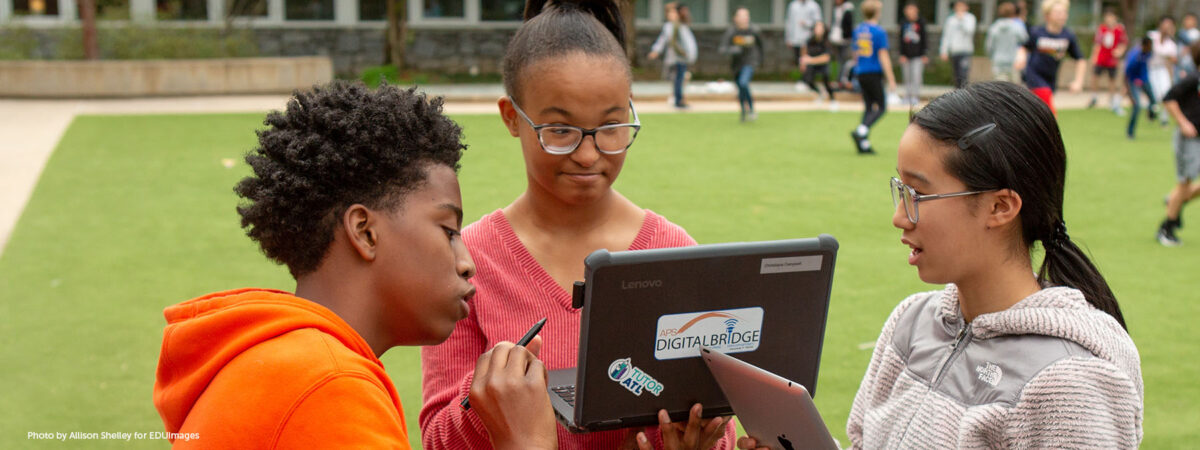
The findings show a troubling digital divide in how effectively different groups of students use technology. Although all students completed a tutorial to learn how to use each digital tool, students from historically and systematically excluded backgrounds—including those from low-income backgrounds, English language learners, and students with disabilities—tend to rely on assistive tools like text-to-speech. Meanwhile, their higher-achieving peers more frequently use advanced features such as digital pencils, which allow them to write and draw on the screen, and elimination capacity, which enables them to dismiss incorrect multiple-choice answers.
To close the digital divide, simply providing technology is not enough; we need to ensure students are taught how to use it effectively.
For years, policymakers have focused on closing the digital divide by providing devices and internet access to every community. While this is an essential step, this study highlights that students must also learn how to engage with these tools meaningfully to enhance their learning.
For example, students who used tools like digital pencils—which foster active problem-solving —saw significant gains in math performance. Similarly, students who used the elimination capacity feature—which reduces cognitive load—demonstrated improved performance. These tools encourage active engagement with the material. In contrast, students who primarily relied on text-to-speech rather than digital pencils or elimination capacity features demonstrated less improvement in math performance.
The challenge is not just about providing the technology—it’s about teaching students how to maximize its potential.
If we are serious about closing the opportunity gap, we need to focus on teaching digital literacy, especially to those who need it most. Equipping underserved students with the skills to use technology effectively requires intentional instruction on how to engage with digital tools in ways that enhance learning.
Educators play a critical role. It’s not enough for students to know that tools like digital pencils or elimination capacity exist; they need to understand how to integrate them into their math problem-solving processes, including drawing visual representations. Teachers should model this in the classroom, guide students to practice using these tools regularly, and provide feedback so that they feel comfortable and proficient in their use.
In addition, we must invest in professional development for teachers. Many educators may not fully understand how digital tools can support higher-order thinking. Providing them with the knowledge and confidence to teach these skills is just as important as giving students access to the technology itself.
Families and communities also play a role in teaching students how to navigate and benefit from digital tools. Schools can engage parents through workshops and resources that explain how these tools work and how they can support learning at home.
Partnerships with community organizations can extend this learning beyond the classroom. Libraries, after-school programs, and local nonprofits can provide additional opportunities for students to practice and refine their digital skills. For many students, these community resources may be their only access to digital learning outside of school hours.
Digital equity is not just about access; it’s about empowerment. True equity means ensuring that every student has the tools, skills, and confidence to succeed in a technology-driven world. As the study shows, there is a significant gap in how students from different demographic groups use digital tools, and this gap has real consequences for their academic achievement.
Closing this gap requires a comprehensive approach that includes teaching, training, and support. Let’s commit to investing in digital literacy, professional development for teachers, and community partnerships that will empower all learners to thrive in a technology-driven world. Only then can we close the digital divide and unlock the full potential of every student.